Dive into the captivating world of coffee, where each sip tells a story that transcends borders. From the lush plantations of Ethiopia to the bustling cafés of Paris, coffee has woven itself into the fabric of cultures around the globe. Whether you’re a seasoned barista or just starting to explore this aromatic beverage, understanding the history and cultural significance of coffee can enhance your appreciation and enjoyment.
In this article, we’ll explore the fascinating journey of coffee, delving into its origins and how it has evolved over time. We’ll highlight the unique characteristics of coffee cultures from different countries, showcasing how each nation has embraced this beloved drink in its way. You’ll not only learn about the beans but also about the traditions and rituals that surround coffee around the world.
Ready to embark on this delicious adventure? We’ll also provide you with practical tips on selecting the right beans, mastering roasting techniques, and brewing methods that can elevate your coffee experience. So grab your favorite mug, and let’s discover the magic of coffee together!
- Uncover the rich history and cultural significance of coffee worldwide
- Get tips on selecting the perfect coffee beans for your taste
- Learn roasting techniques and brewing methods to enhance your coffee experience
History of Coffee and Global Cultures
Origin and Evolution of Coffee
Coffee’s journey begins in the ancient forests of Ethiopia, where local legends tell of a goat herder named Kaldi. He discovered the invigorating effects of coffee beans after noticing his goats became unusually energetic after eating them. This moment sparked a fascination that would travel across continents and centuries. From Ethiopia, coffee made its way to the Arabian Peninsula, where it flourished in Yemen. Here, coffee became a social beverage, enjoyed in homes and communal spaces known as qahveh khaneh.
As coffee spread through the Middle East, it began to evolve. Soon, it reached Europe, where it was met with both enthusiasm and skepticism. By the 17th century, coffee houses began to pop up in cities like Venice and London, becoming vibrant hubs for conversation, commerce, and creativity. This evolution marked a significant shift in how people interacted with each other, and coffee became a symbol of social exchange.
Today, coffee continues to evolve, with advancements in farming practices, roasting techniques, and brewing methods. The global coffee industry is a testament to the beverage’s ability to adapt and thrive in various cultures. The world of coffee is ever-changing, yet it retains its core essence—a drink that brings people together.
- Coffee originated in Ethiopia before spreading to the Arabian Peninsula and beyond
- European coffee houses emerged in the 17th century as centers of social interaction
- The coffee industry continues to evolve with new practices and technologies
Characteristics of Coffee Culture by Country
Coffee culture varies dramatically across different countries, reflecting local traditions and preferences. In Italy, for instance, coffee is not just a beverage; it’s a social ritual. The iconic espresso is enjoyed quickly at the bar, often accompanied by lively conversation. Italians take pride in their coffee-making techniques, and the experience is as much about the atmosphere as it is about the drink itself.
Moving to Brazil, coffee plays a vital role in both the economy and the culture. Known as the largest coffee producer in the world, Brazil celebrates its coffee heritage with festivals and events that showcase the rich flavors and varieties grown in the region. Brazilian coffee is often characterized by its sweet and nutty notes, making it a favorite among many coffee lovers.
In contrast, countries like Ethiopia celebrate their coffee with elaborate ceremonies. The coffee ceremony is a significant cultural practice, where green beans are roasted, ground, and brewed in front of guests. This process emphasizes hospitality and community, highlighting the deep-rooted connection between coffee and cultural identity.
- Italy’s coffee culture emphasizes espresso and social interaction
- Brazil celebrates its coffee production with festivals and cultural pride
- Ethiopia’s coffee ceremony showcases hospitality and community engagement
Tips for Choosing Coffee Beans
Types of Beans and Their Characteristics
When diving deeper into the world of coffee, one of the most important aspects to consider is the type of coffee beans you choose. There are primarily two main varieties that dominate the coffee market: Arabica and Robusta. Each type has its own unique characteristics that can greatly influence your coffee experience.
Arabica beans are known for their smooth, complex flavors and aromatic qualities. They tend to have a higher acidity and a more delicate taste profile, making them a favorite among coffee enthusiasts. On the other hand, Robusta beans are stronger and more bitter, often containing higher caffeine levels. They are typically used in espresso blends for that bold flavor and rich crema. Understanding these differences can help you select the right beans that suit your preferences.
- Arabica beans offer smooth, complex flavors and higher acidity
- Robusta beans are stronger, bitter, and richer in caffeine
- Choose based on your taste preference and desired coffee experience
Recommended Beans for Beginners
If you’re just starting your coffee journey, it can be a bit overwhelming to navigate the vast array of choices available. Fortunately, there are some excellent options that are perfect for beginners. A good place to start is with medium-roast Arabica beans. They strike a nice balance between flavor and acidity, making them easy to enjoy without being too overpowering.
Additionally, look for blends that combine several bean types. These blends often provide a more rounded flavor profile, allowing you to discover various notes without committing to a single type. Brands that offer a sampler pack can also be a great way to explore different flavors and find what resonates with your taste buds.
As you gain more experience, don’t hesitate to experiment with single-origin coffees. These beans come from specific regions and can give you a taste of the unique characteristics that different locations impart. Whether it’s the fruity notes of Ethiopian coffee or the chocolatey undertones of Brazilian beans, each cup can be an exciting adventure.
Lastly, consider your brewing method when selecting your beans. Different methods can highlight various aspects of the coffee’s flavor, and some beans might be better suited to certain brewing techniques. As you continue to explore, you’ll find the perfect beans that cater to your personal coffee style!
- Medium-roast Arabica beans are great for beginners
- Blends offer a rounded flavor profile for easier enjoyment
- Sampler packs help you discover your favorite flavors
- Experimenting with single-origin coffees can enhance your coffee journey
Roasting Techniques and Their Impact
Basics and Process of Roasting
Roasting is a crucial step in the coffee-making journey that transforms green coffee beans into the aromatic and flavorful beans we know and love. The process involves carefully controlled heat application, which causes chemical changes in the beans. As they roast, the beans expand and change color, developing rich flavors along the way.
To start, the green beans are placed in a roaster, where they are subjected to heat. This initial phase is known as the drying stage, where moisture is removed from the beans. Next comes the Maillard reaction, where sugars and amino acids interact, creating complex flavors. Finally, the beans reach their desired roast level, which can range from light to dark, each bringing out different characteristics in the coffee.
Understanding the roasting process can significantly enhance your appreciation of coffee. The skill of the roaster plays a vital role in determining the final flavor profile, making it an art form in itself.
- Roasting transforms green beans into flavorful coffee
- The process involves drying, chemical reactions, and heat application
- The skill of the roaster influences the final flavor profile
Flavor Differences by Roast Level
The roast level of coffee beans dramatically influences the flavor and aroma of your brew. Light roasts, for example, tend to preserve the original characteristics of the bean, allowing for fruity and floral notes to shine through. This roast level often has a higher acidity and a more pronounced brightness, making it ideal for those who enjoy a vibrant cup of coffee.
On the other hand, dark roasts develop deeper, bolder flavors with hints of chocolate and caramel. The roasting process adds a smoky quality and reduces acidity, making these coffees smoother and richer. Many coffee lovers appreciate the robust taste of dark roasts, especially in espresso blends.
As you explore different roast levels, pay attention to how they impact your coffee experience. Trying a variety of roasts can help you discover the flavors you enjoy most, whether you lean towards the delicate notes of a light roast or the rich, deep flavors of a dark roast.
- Light roasts preserve fruity and floral notes with higher acidity
- Dark roasts offer bold flavors and a smoother, richer taste
- Exploring roast levels can enhance your overall coffee experience
Optimal Brewing Methods and Storage Tips
Types of Brewing Methods and How to Choose
When it comes to brewing coffee, the method you choose can greatly influence the final taste of your cup. There are several popular brewing methods, each with its own unique characteristics. For instance, a French press is known for producing a rich and full-bodied flavor, while a pour-over method often highlights the delicate notes of the coffee. If you prefer a quick and convenient option, a drip coffee maker can be a great choice for busy mornings.
Choosing the right brewing method often depends on your personal taste preferences and lifestyle. If you enjoy experimenting and savoring the brewing process, you might enjoy manual methods like the pour-over or Aeropress. On the other hand, if you’re looking for speed and consistency, an automatic machine may be your best bet. Whichever method you choose, remember that the quality of your coffee beans and water temperature also play crucial roles in achieving the perfect cup.
- French press creates a rich flavor profile
- Pour-over highlights delicate coffee notes
- Drip coffee makers offer convenience for busy mornings
Key Points for Storing Coffee Beans
Proper storage of your coffee beans is essential for maintaining freshness and flavor. One of the most important tips is to keep your coffee in an airtight container. Exposure to air can lead to oxidation, which dulls the flavors and aromas you love. A dark, cool place is ideal for storage, as light and heat can also negatively impact the quality of your beans.
Another key aspect to consider is how long you keep your coffee. Whole beans generally stay fresh longer than pre-ground coffee, so try to buy only what you can consume within a few weeks. If you do have leftover beans, consider freezing them in small portions. This method can help preserve their freshness, allowing you to enjoy each cup as if it were freshly roasted.
Moreover, remember to avoid storing your coffee in the refrigerator. While it might seem like a logical choice to keep it cool, the fluctuating temperatures can create moisture, which can ruin the beans. Keeping them in a stable environment is the best way to ensure your coffee remains flavorful.
- Store coffee beans in an airtight container
- Keep beans in a dark, cool place to avoid light and heat exposure
- Whole beans stay fresh longer than pre-ground coffee
Summary
In exploring the fascinating world of coffee, we have uncovered its rich history and cultural significance that spans the globe. From Ethiopia’s ancient origins to the bustling coffee houses of Europe, coffee has become a universal language that connects people. Each culture brings its unique rituals and flavors, showcasing how this beloved beverage has evolved and adapted over time.
We’ve also delved into practical aspects such as selecting the right beans, roasting techniques, and brewing methods to enhance your coffee experience. Understanding the types of beans and their characteristics can help you find the perfect cup that aligns with your personal taste. Additionally, mastering the roasting process and experimenting with different brewing methods can elevate your enjoyment of coffee even further.
Lastly, we discussed the importance of proper storage techniques to maintain the freshness and flavor of your coffee beans. By keeping your beans in an airtight container and storing them in a cool, dark place, you can ensure that each cup remains as delightful as the first.
As you continue your coffee journey, remember that there is always more to explore. The world of coffee is vast and ever-changing, offering endless opportunities to discover new flavors and traditions.
- Coffee has a rich history and cultural significance worldwide.
- Selecting the right beans and mastering brewing techniques can enhance your coffee experience.
- Proper storage is key to maintaining the freshness and flavor of your coffee.
We would love to hear about your coffee experiences! What’s your favorite brewing method or coffee bean? Share your thoughts in the comments below!






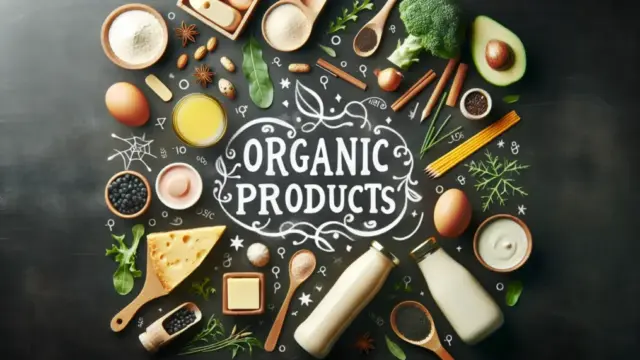




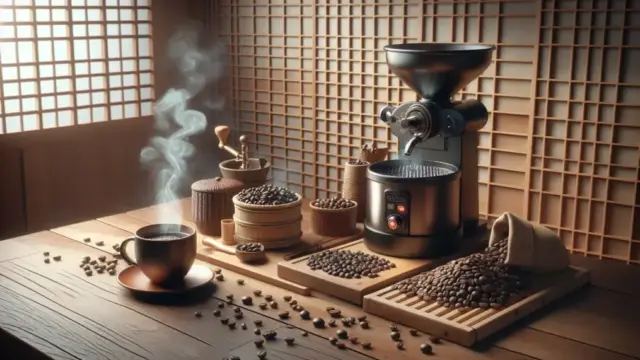








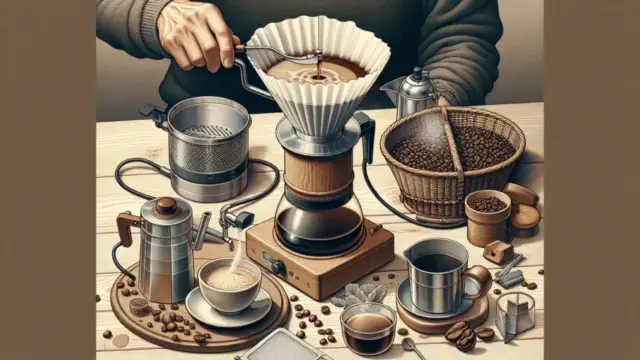





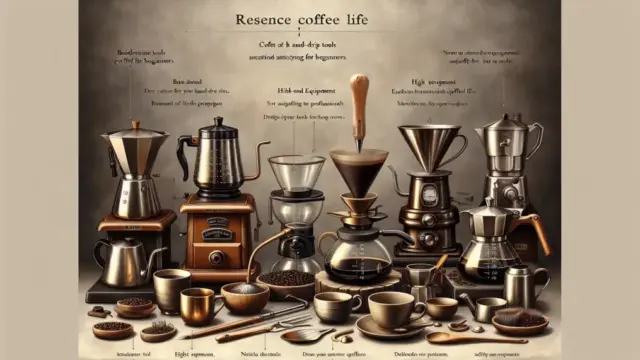


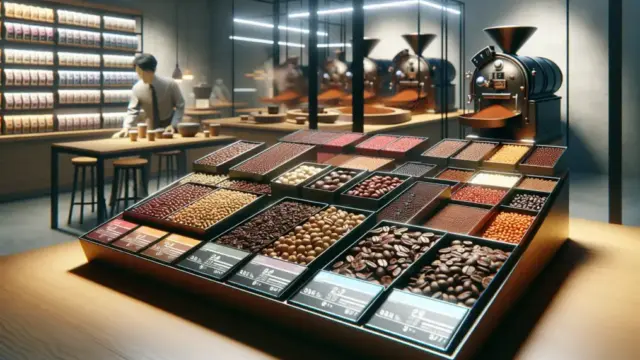

















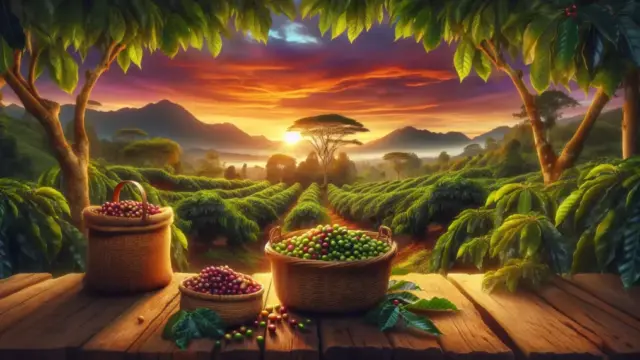




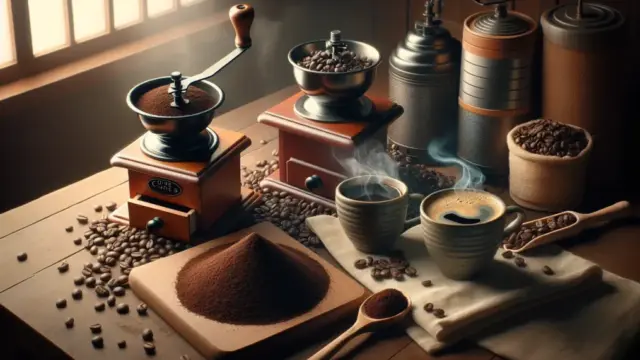





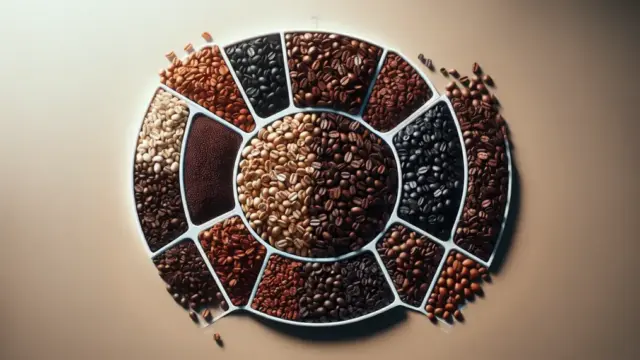



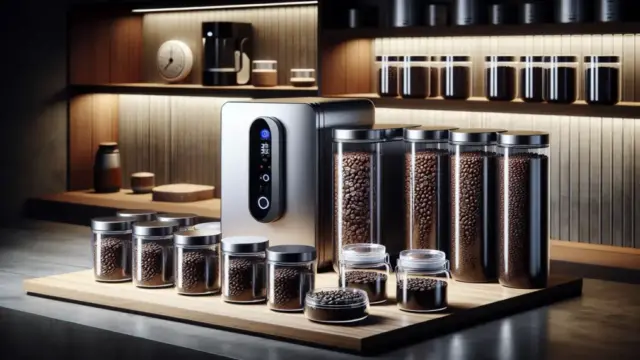




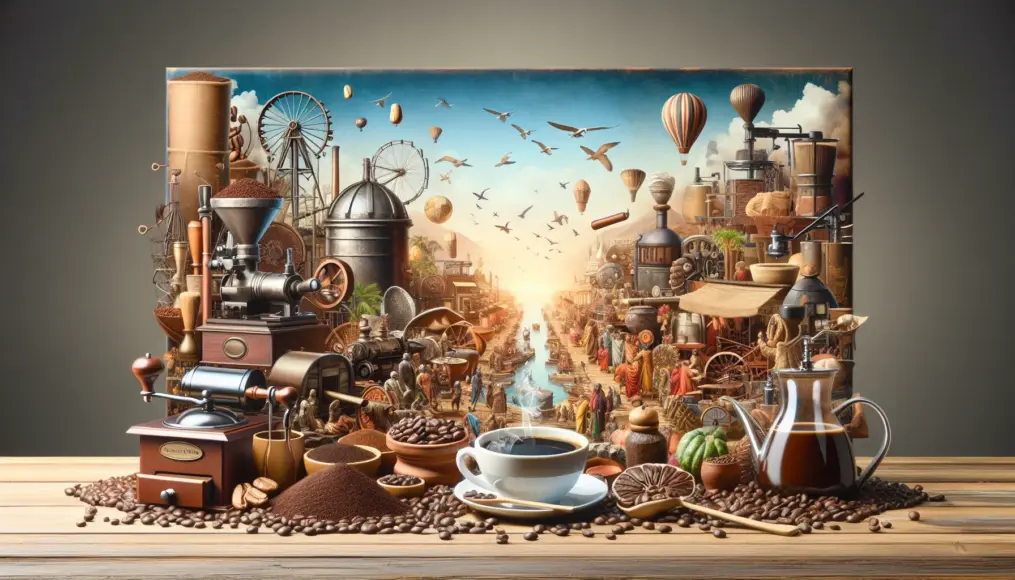

Comment